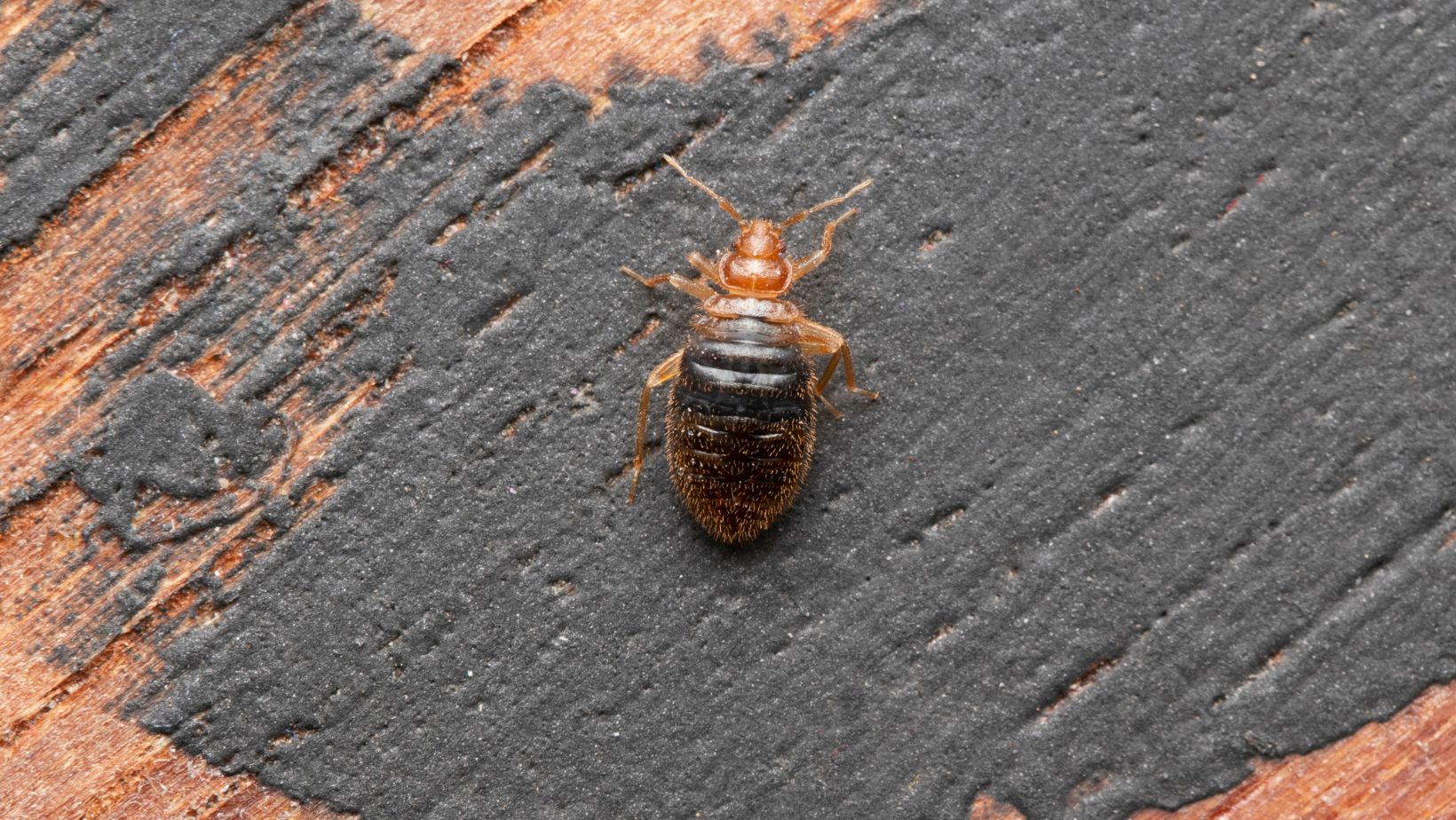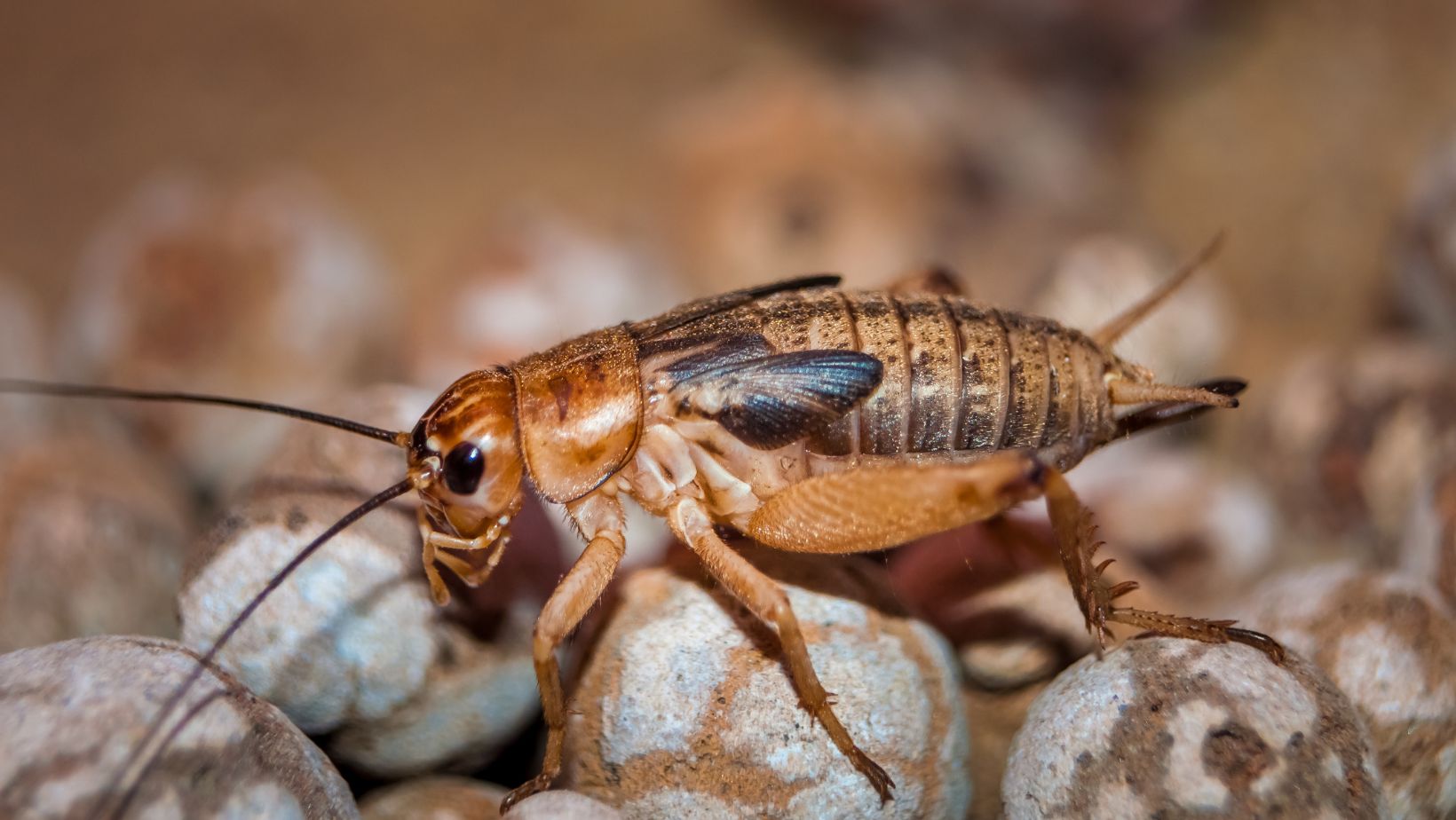Summary: Wondering about bed bugs in my car? Discover signs, causes, and how to get rid of bed bugs in a car fast and safely Do you think your car is safe from bed bugs? It might not be. These sneaky pests can enter your vehicle through luggage, clothing, or even a short ride with someone else. Once inside, they’re difficult to detect—and even harder to eliminate. The good news is you can remove bed bugs from your car hassle-free. Read on to learn how to tackle the problem effectively and fast.
Can Bed Bugs Really Live in Your Car?
While cars aren’t a bed bug’s first choice, they can survive there if conditions allow. On the other hand, knowing how they get in and where they hide is key to preventing an infestation.
Why Cars Are the Perfect Hiding Place for Bed Bugs
Certain features of a car make it an ideal hiding spot for bed bugs, such as:
-
- Tight spaces: They hide in seat seams, floor mats, and upholstery gaps.
-
- Consistent warmth: Parked cars often stay warm enough to support their survival.
-
- Limited movement: Undisturbed areas give bed bugs time to remain hidden and reproduce.
The Surprising Ways Bed Bugs Travel
 Moreover, these pests are excellent hitchhikers. They can enter your car in several ways, such as:
Moreover, these pests are excellent hitchhikers. They can enter your car in several ways, such as:
-
- On clothing and bags: They transfer easily from infested places through personal items.
-
- Via passengers: Even a short ride with someone carrying bed bugs can bring them in.
-
- Through secondhand items: Used furniture or fabrics can carry bed bugs into your vehicle.
-
- From shared spaces: Public transport, hotel shuttles, or rideshares may also be sources.
So, can bed bugs live in your car? Yes—especially if they find shelter and occasional access to a host. Thus, recognizing the risks helps you prevent a more significant infestation.
Early Signs You Have Bed Bugs in the Car
Quickly spotting bed bugs makes treatment easier. Despite their size, they leave clear signs of their presence.
Visual Clues: Exoskeletons, Blood Stains, Bite Marks
Watch for the following signs inside your car:
-
- Shed exoskeletons: As bed bugs grow, they leave behind pale shells in seat seams and fabric folds.
-
- Blood stains: Small, rust-colored spots may appear on seats or upholstery from crushed bugs.
-
- Fecal spots: Tiny dark dots may be visible along seams or cracks.
-
- Bite marks: Clusters of itchy red bumps on your skin—especially after time in the car—may signal an issue.
What Bed Bug Bites Feel and Look Like
Bed bug bites can be uncomfortable and easily mistaken for other insect bites. The following explains how to recognize them:
-
- They appear as red, raised bumps, usually in lines or clusters.
-
- They often appear on exposed areas such as the arms, neck, or legs.
-
- They typically cause itching, which may persist or worsen with repeated exposure.
If you notice these signs and think, “”Do I have bed bugs in my car?”” It’s time to take action. Early treatment prevents the problem from spreading.
DIY vs. Professional Bed Bug Removal in Vehicles
Furthermore, when dealing with a car infestation, it is essential to know whether a DIY method is enough or if you need professional help. The right choice depends on the severity of the problem.
Temporary Solutions (Steam, Sprays, Sunlight)
DIY options can help reduce pests but often don’t eliminate them. Common methods include:
-
- Steam cleaning: High heat kills bugs and eggs on contact.
-
- Store-bought sprays: May reduce surface-level bugs but often miss hidden areas.
-
- Sunlight exposure: Parking in direct sunlight can raise interior temperatures, which may help but isn’t always reliable.
When to Call a Professional Exterminator
In more serious cases, professional help may be necessary. Consider reaching out if:

-
- DIY methods haven’t worked, and the bugs return.
-
- You keep getting bites after using the car.
-
- Multiple signs of infestation include staining, skins, or live bugs.
-
- You need a long-term solution that reaches deep into all areas of the vehicle.
If you’re unsure how to get rid of bed bugs in a car, a pest control expert can assess the issue and apply effective treatment.
How HeatRx Treats Bed Bugs in Vehicles
HeatRx uses heat-based treatment designed specifically for vehicles. It also offers an efficient, chemical-free way to eliminate bed bugs in one session.
One-Day Car Heat Treatment Explained
The following highlights how the one-day process works:
-
- Controlled heat raises interior temperatures to levels that kill bed bugs and their eggs.
-
- The heat reaches deep into seats, carpets, vents, and crevices.
-
- Experts avoid using chemicals, making it a safe and clean option.
-
- The technicians complete the treatment in one day so you can use your car again quickly.
Book a Free Inspection and Treatment Timeline
HeatRx offers a straightforward process, such as:
-
- Schedule a free inspection to confirm bed bug activity.
-
- Receive a precise treatment plan, including what to expect and how to prepare.
-
- Set a convenient appointment to resolve the issue efficiently.
Drive Out the Bugs for Good!
Bed bugs in your car aren’t just frustrating—they can quickly become a recurring problem if left untreated. But the good news is that you can take control fast with early detection and the right approach. Therefore, quickly acting makes all the difference, whether you’re trying DIY methods or calling in the pros. Still unsure what to do next? Can bed bugs survive in your car ? Drive through affordable and effective options by the pros. Nothing beats expert advice while you take the first step toward a pest-free ride.

Aisha Noreen is an owner of a small business with more than 9 years of experience in the marketing industry. With the wisdom of an old soul, she always seeks innovation and mind-blowing ROI techniques. Her unique approach helped many small businesses thrive and she can surprise you in many ways as well. Believe it or not, her energy, passion, and creativity are contagious enough to transform your business and take it to another level.









